
On March 3, 1845, Florida joined the Union as the 27th state.
Scientists have dated burial mounds found along Florida’s western coast at more than 10,000 years old. There were about 10,000 Native Americans living in the Florida region when the first European explorers arrived. These Natives belonged to five main groups: the Calusa, the Tequesta, the Ais, the Timucua, and the Apalachee.
Ponce de León reached Florida in 1513 while searching for the mythical island of Bimini, said to be the site of the Fountain of Youth. Claiming the region for Spain, he named the area Florida, possibly in honor of Pascua Florida, Spanish for the Easter season. In 1521, León returned to Florida to start a colony, but died from wounds he received in a battle with Native Americans. Pánfilo de Narváez led an expedition of 400 men to Florida in a quest to find gold. Narváez and many of his men were killed in shipwrecks. Hernando de Soto of Spain arrived in the Tampa Bay area in 1539. He traveled beyond Florida, becoming the first European to reach the Mississippi River.
Florida’s first European settlers were not Spanish, but Huguenots (French Protestants). The Huguenots established a colony on the St. Johns River, building Fort Caroline near what is now Jacksonville. Spain’s King Philip II sent a force to drive the French from Florida. In 1565, they established the first permanent European settlement in what is now the United States, at St. Augustine. This group, led by Pedro Menédez of Avilés, massacred the French, ending any further attempts of settlement by that country.
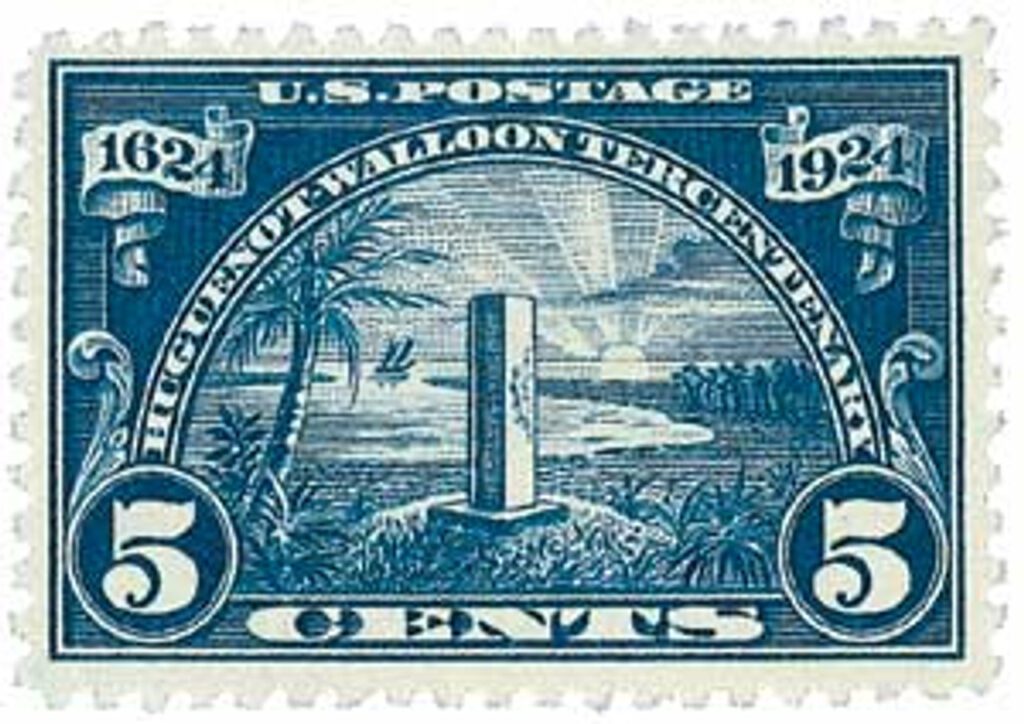
For the next 200 years, the Spanish continued to colonize the region. France created colonies to the west of Florida, and Great Britain established colonies to the north. War erupted between the French and British colonists during the mid-1700s, and Spain began supporting the French. Great Britain conquered Cuba in 1762, and then traded it to Spain for control of Florida. However, British control of Florida ended during the American Revolutionary War, when Spanish forces invaded in 1781. By 1783, Spain had regained all of Florida.
By the late 1800s, Florida was the only part of southeastern North America not part of the US. Many Native Americans and escaped slaves fled from the US to Florida. In 1812, settlers in Florida declared their independence from Spain, but were defeated militarily.
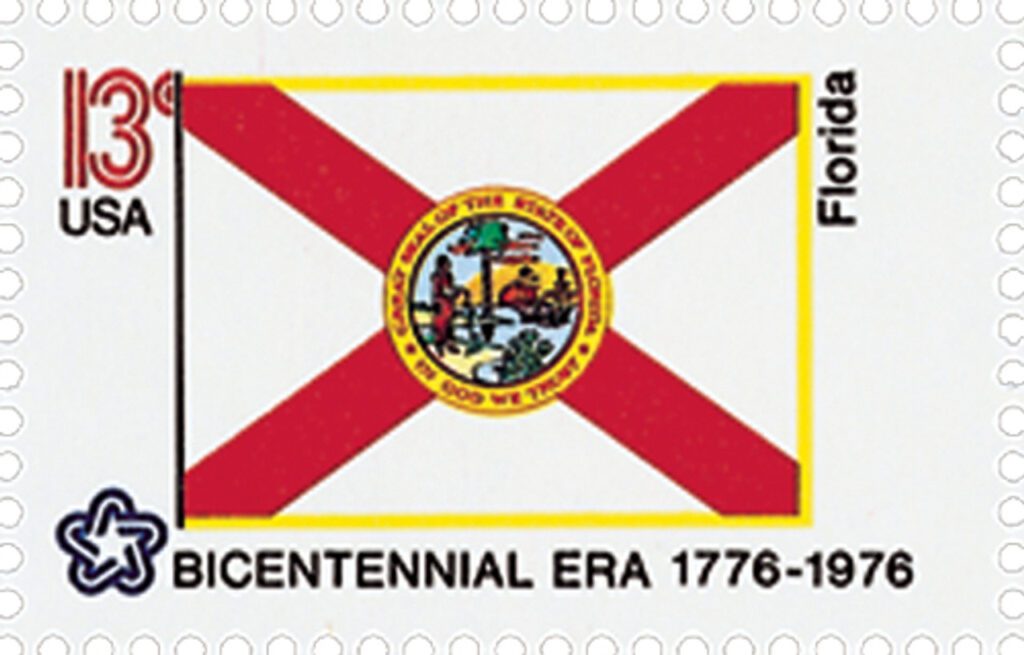
During the War of 1812, fought between the US and Great Britain, Spain allowed Britain to use Pensacola as a naval base. American troops led by General Andrew Jackson seized Pensacola in 1814. Jackson entered Florida again during the First Seminole War (1817-18), capturing Fort St. Marks. Jackson also defeated the Seminole Indians. With the Adams-Onís Treaty of 1819, Spain finally turned Florida over to the United States.
Florida officially became a part of the US in 1821. Jackson served as governor until 1822, when Congress organized the Territory of Florida, with William P. Duval as its first governor. Settlers from the North poured into the state. Soon, conflicts arose between these settlers and the Seminole Natives, who controlled the state’s prime farmland. The US government forcibly moved many Seminole to the Indian Territory in the Oklahoma region – but some refused to leave their homeland. During the Second Seminole War (1835-42), most of these native Americans were killed. The Third Seminole War (1855-58) resulted in the forced relocation of most of the surviving Natives. However, a few hundred of the Seminole retreated into the swamps.
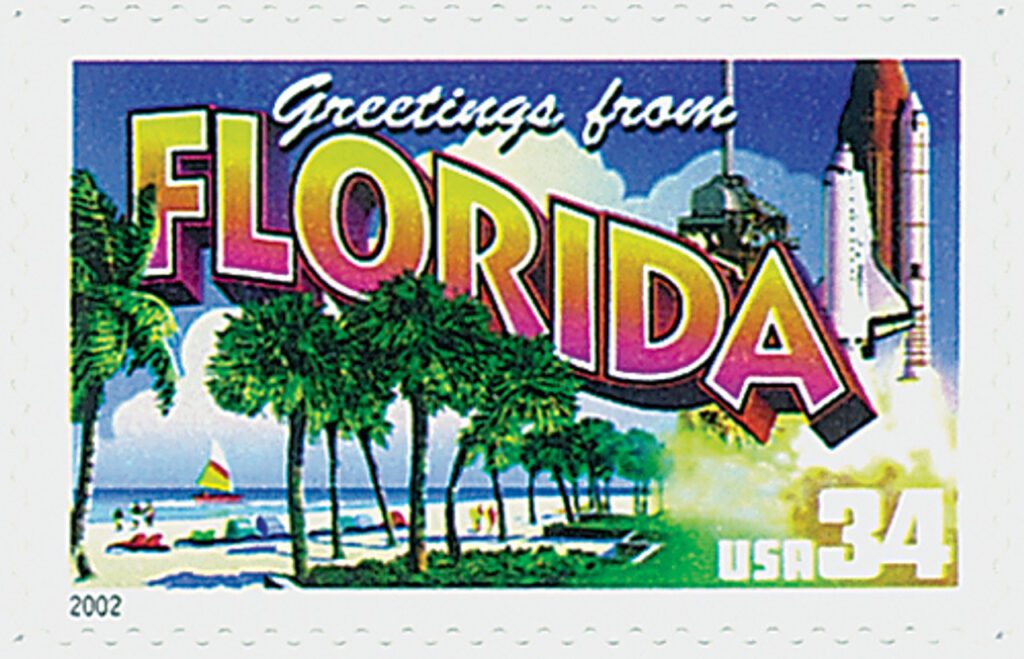
By 1839, Florida had created a constitution and was ready for statehood. However, conflicts over slavery (Florida permitted slavery) delayed its admission until March 3, 1845.
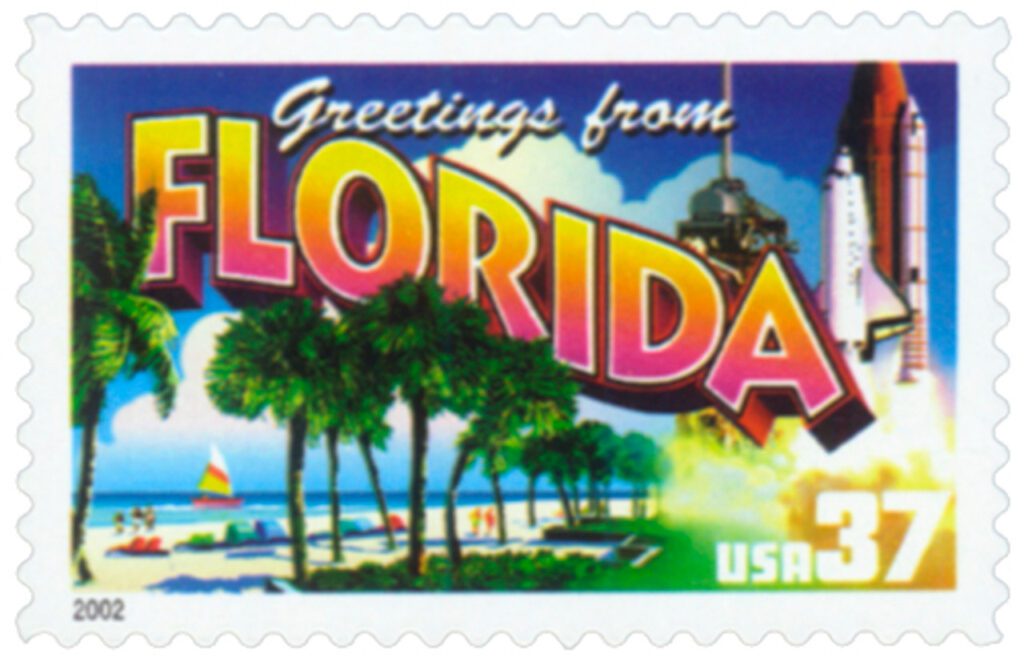
Like the citizens of most slave states, Floridians were upset over the election of President Abraham Lincoln. Florida seceded from the Union on January 10, 1861. It later joined the Confederacy.
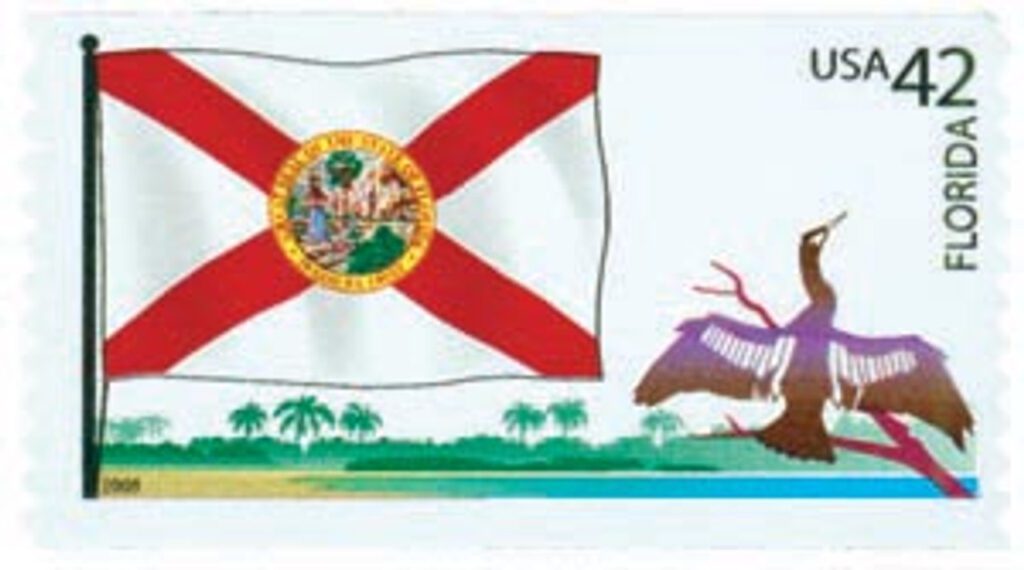
Although Union troops were able to control most of Florida’s coastal towns, the interior remained firmly in the hands of the Confederacy. In fact, Tallahassee, Florida, and Austin, Texas, were the only Confederate state capitals the Union did not capture. After the war, the state was placed under strict military rule. Like other Confederate states, it was expected to meet certain requirements before being allowed to rejoin the Union. For a time, Florida refused to accept the conditions. As a result, Florida was not re-admitted to the Union until June 25, 1868.
Although it has experienced setbacks, Florida has mainly experienced rapid expansion since the 1880s. Mineral resources were discovered, swamp lands were drained, railroad service was expanded, and citrus groves were planted. Entire resort cities were built. Northerners moved to Florida or vacationed there, and the state’s income grew immensely. As the population grew, more and more of southern Florida was developed.
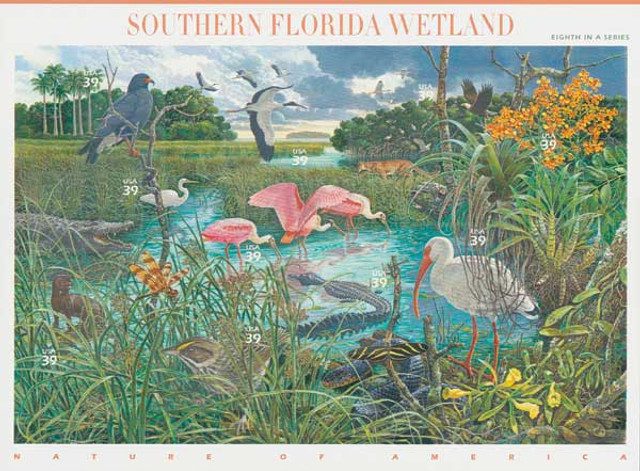
During World War II, Florida’s location on the Atlantic Ocean and proximity to the Panama Canal made it strategically important. Land, air, and sea military bases were established in several areas. In the 1950s, Cape Canaveral became a key rocket and space research center. Many of America’s historic space missions were launched there. These include the United States’ first satellite launch in 1958, first manned space-flight launches in 1961, and first manned flight to the Moon in 1969.
Between 1970 and 1980, Florida’s population grew by 44 percent. It grew another 33 percent between 1980 and 1990. This rapid growth created problems for the state’s infrastructure – new homes, roads, schools, sewage- and water-treatment plants, health and social services were needed. Rapid development also threatened the area’s fragile ecosystem. During the 1980s, many environmental laws were passed. Today, Florida is a popular tourist and vacation destination, with its theme parks and tropical and subtropical climates.
Click here for lots more neat stamps, covers, and coins with connections to Florida’s history.
| FREE printable This Day in History album pages Download a PDF of today’s article. Get a binder or other supplies to create your This Day in History album. |
Discover what else happened on This Day in History.

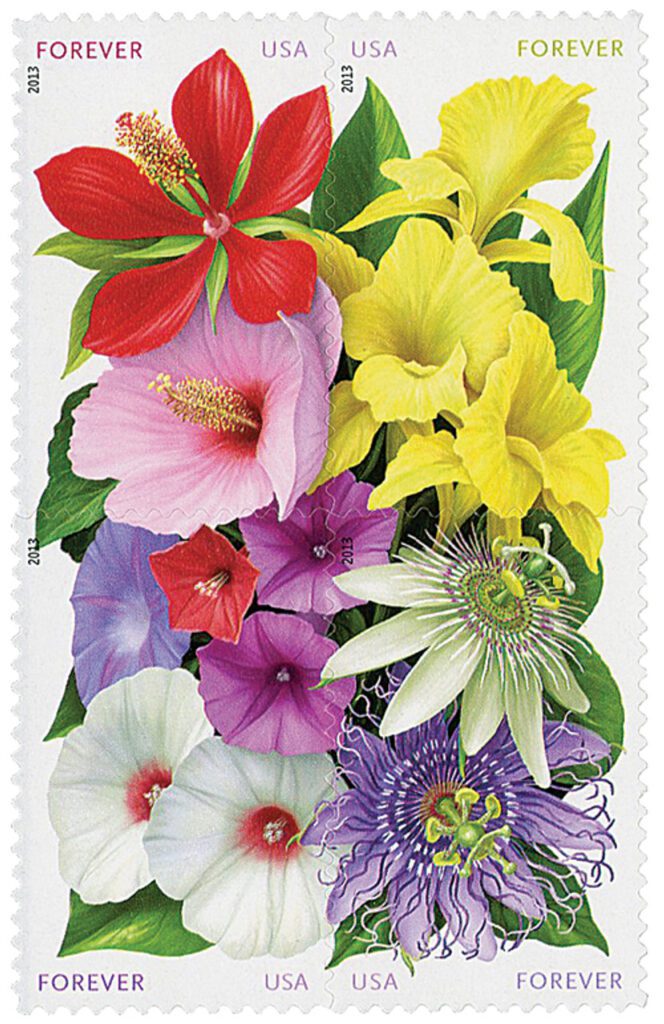
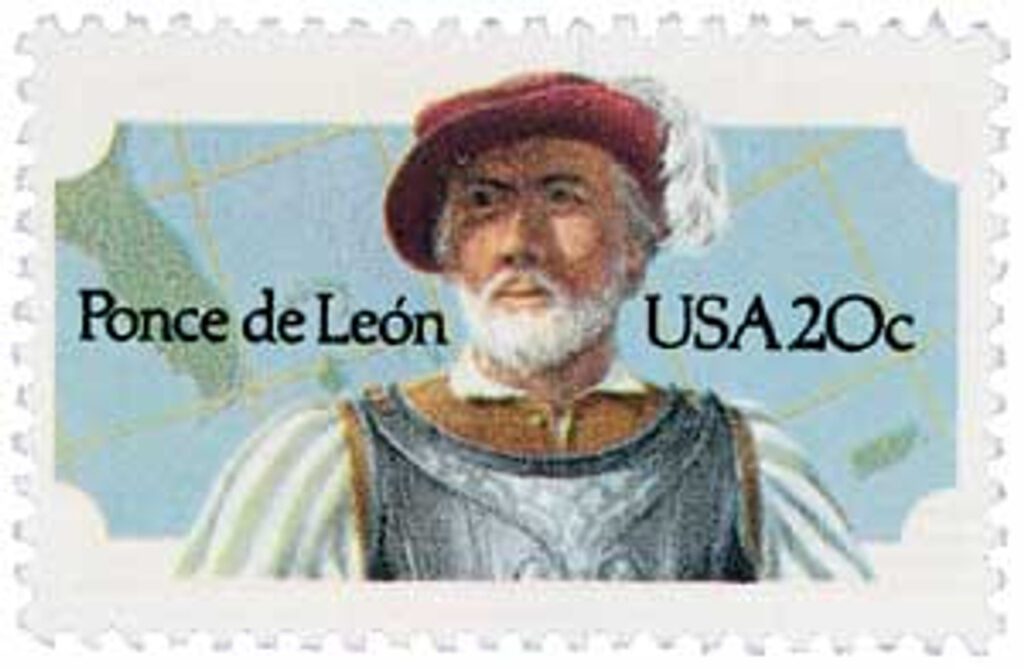
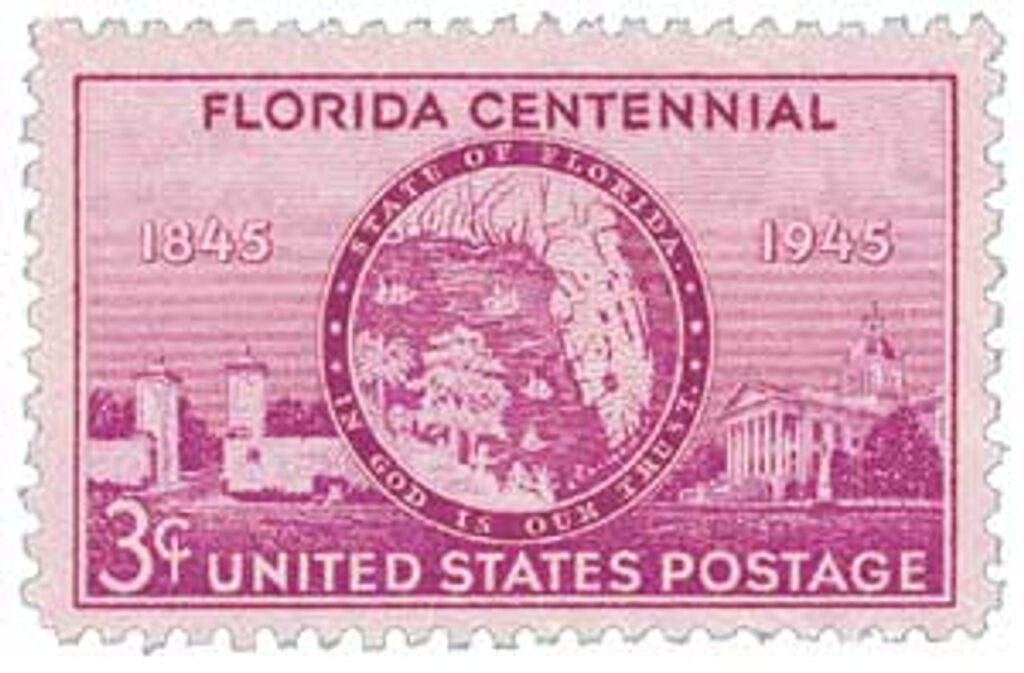

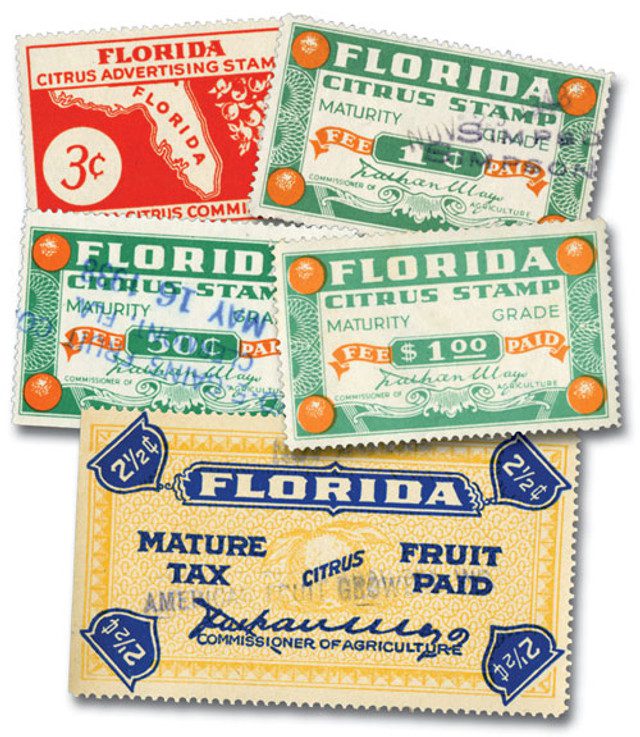
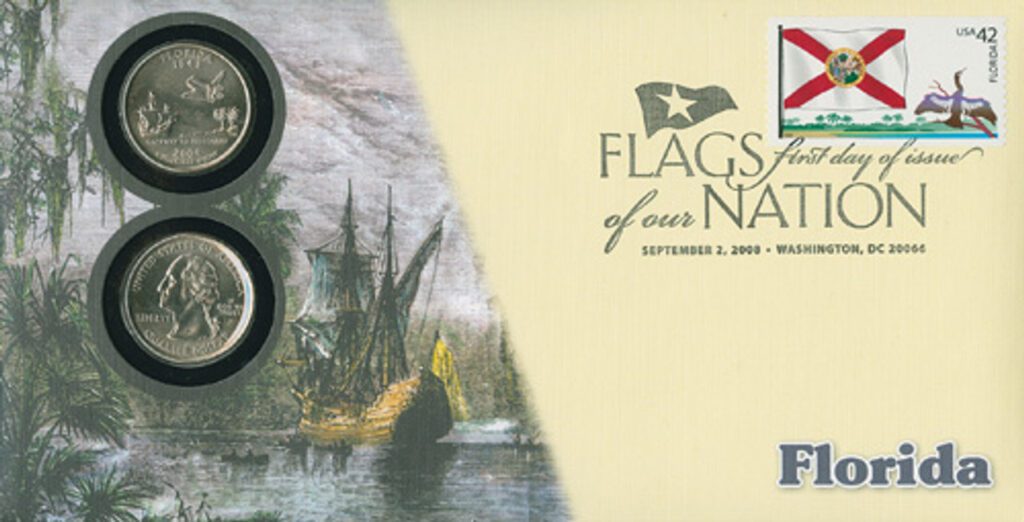
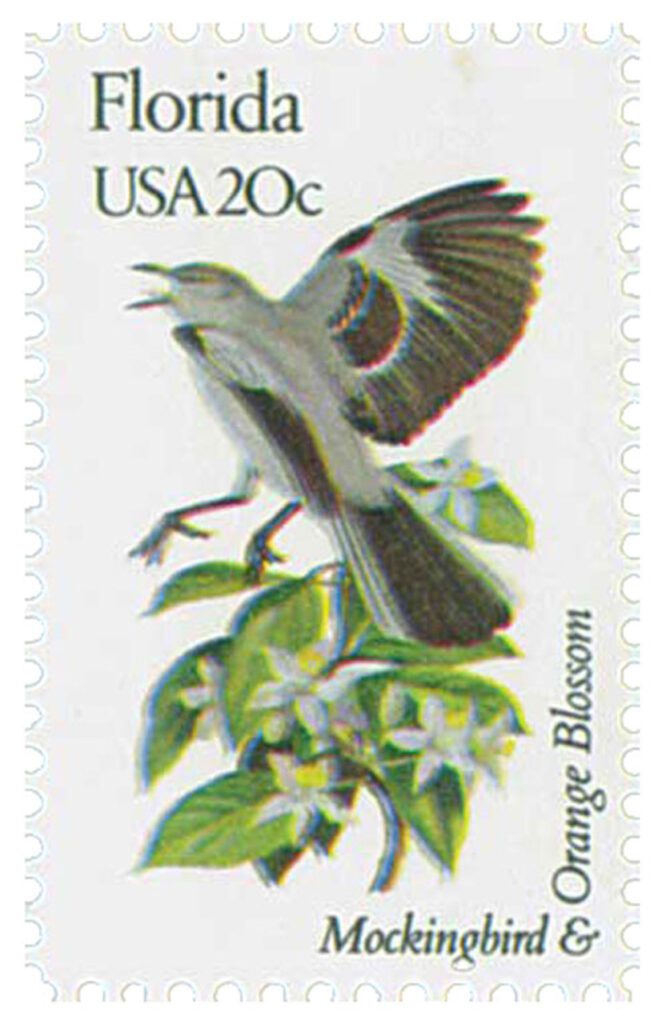
….then where did the Seminoles come from???
Check Wikipedia…they’re great for looking up information.
Wonderfully story of the state of Florida it is nice to learn of your state’s history.
Great story to read.
Wonderful story if you are white! Don’t think the “Seminoles” thought it was too great.
It shows again how the odds were stacked against the escaped black slaves and Native American indigenous to the area. How can we as a country be proud of the way Florida was settled and made a state. Another shameful perversion of human rights by our early law makers and enforcers.
Seminoles was a European word used to describe the remainder of the original tribes, escaped black slaves and Creek and other tribes who were moved to Florida. There was no Seminole tribe per se, it is only a catch all phrase applied to those who refused to be relocated and chose to stay and fight.
See Marjorie Stoneman Douglas’ history of the Everglades, “River of Grass”.
Seminole history begins with bands of Creek Indians from Georgia and Alabama who migrated to Florida in the 1700s. Conflicts with Europeans and other tribes caused them to seek new lands to live in peace
Groups of Lower Creeks moved to Florida to get away from the dominance of Upper Creeks. Some Creeks were searching for rich, new fields to plant corn, beans and other crops. For a while, Spain even encouraged these migrations to help provide a buffer between Florida and the British colonies.
The 1770s is when Florida Indians collectively became known as Seminole, a name meaning “wild people” or “runaway.”
In addition to Creeks, Seminoles included Yuchis, Yamasses and a few aboriginal remnants. The population also increased with runaway slaves who found refuge among the Indians.
Who were the “savages”? As stated in other comments, we have nothing to be proud of.
Re:Mike above: We still have “nothing to be proud of.” Look at the killings that happen on a weekly, if not daily basis in the “Good old USA.” I do believe we should have freedom to possess guns but the freedom to USE them is so-o-o out of control. Then there is the ISIS (Muslim) problem…get where I’m going with this? We in the USA are still very backwards in our treatment of those we disagree with!
Thank You: Ed Dandrea, William Graff, Mike, and Bill. It reminds me of when I was in High School studying American History. The text books and the instructor never mention the treatment of the Indigenous People, by the American People and The Government. All I remember, of which I have mentioned before; is Andrew Jackson’s victory over the “Seminoles” Some of you know that Andrew Jackson was an absolute racist. He wanted slavery to encompass the entire known United States, not just the Southern States; as well as enslaving ALL Native American Peoples that came under American military force. I should also mention that these people were extremely brave and proud, in how they dealt were the US Military, and other forces, ie: French, Spanish, and British; who were equally racist and bloodthirsty.
Thank You RonE, for mentioning: ‘Wikipedia’. It is my “go to” source when I’m on the computer at home, or work